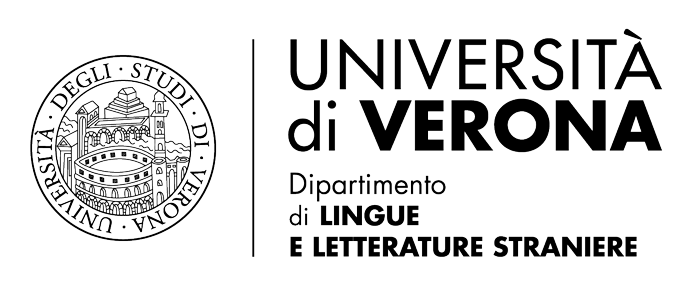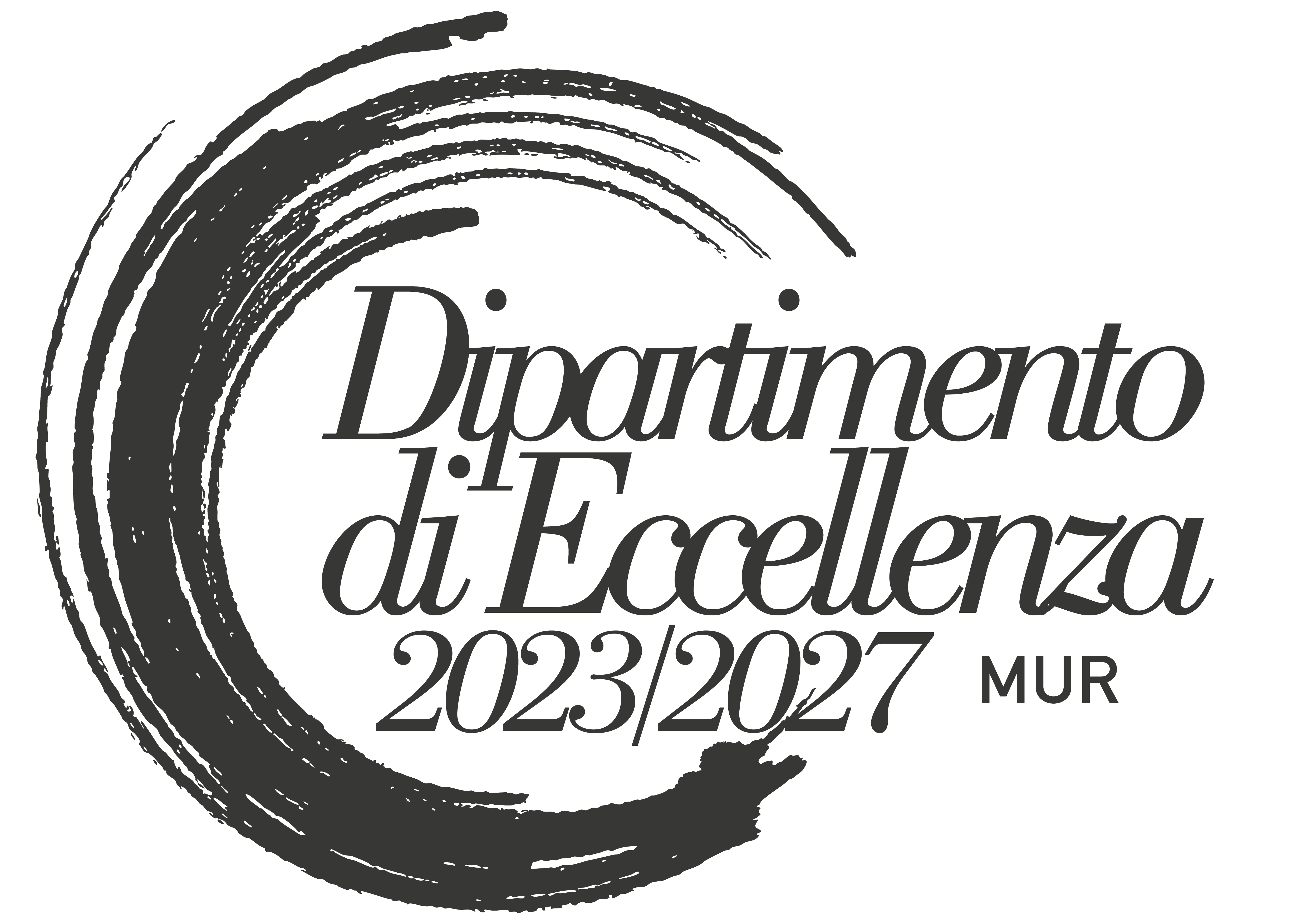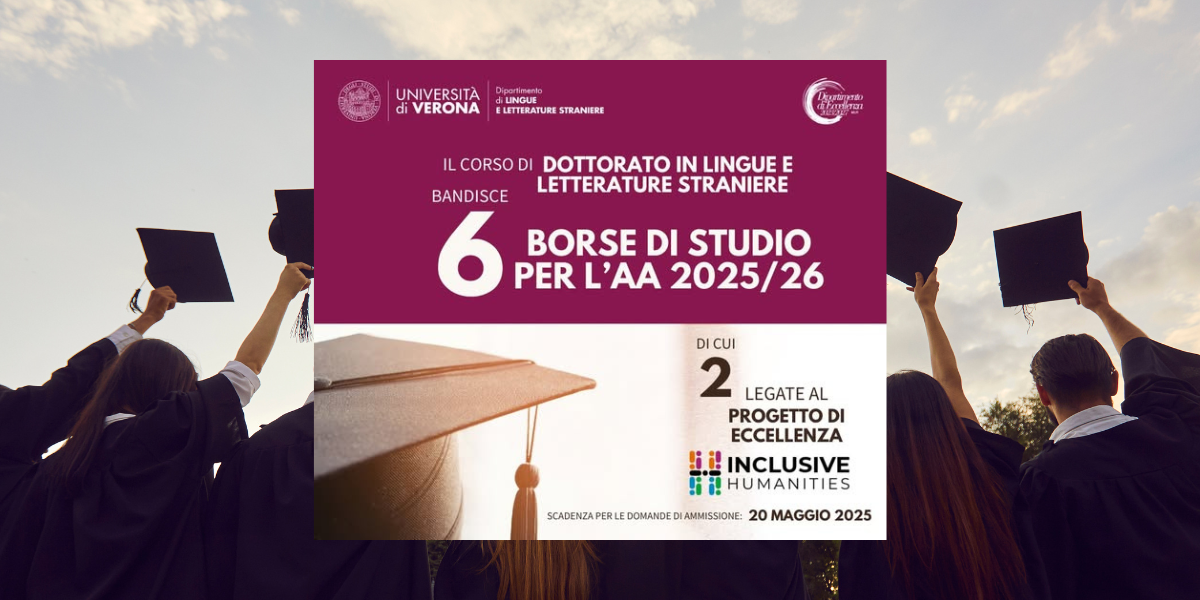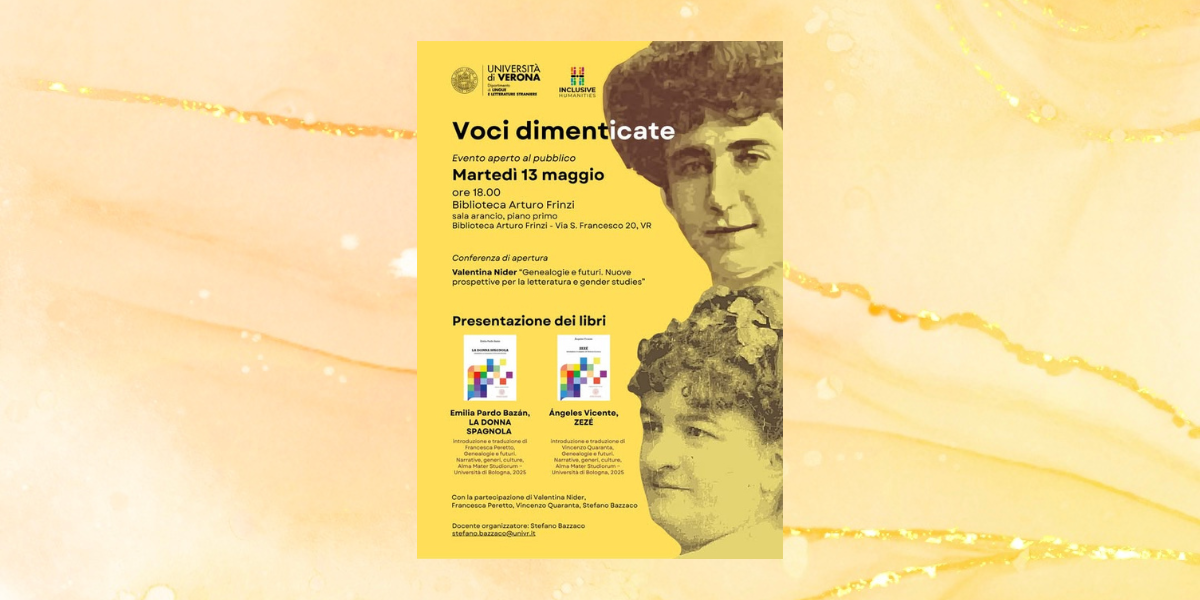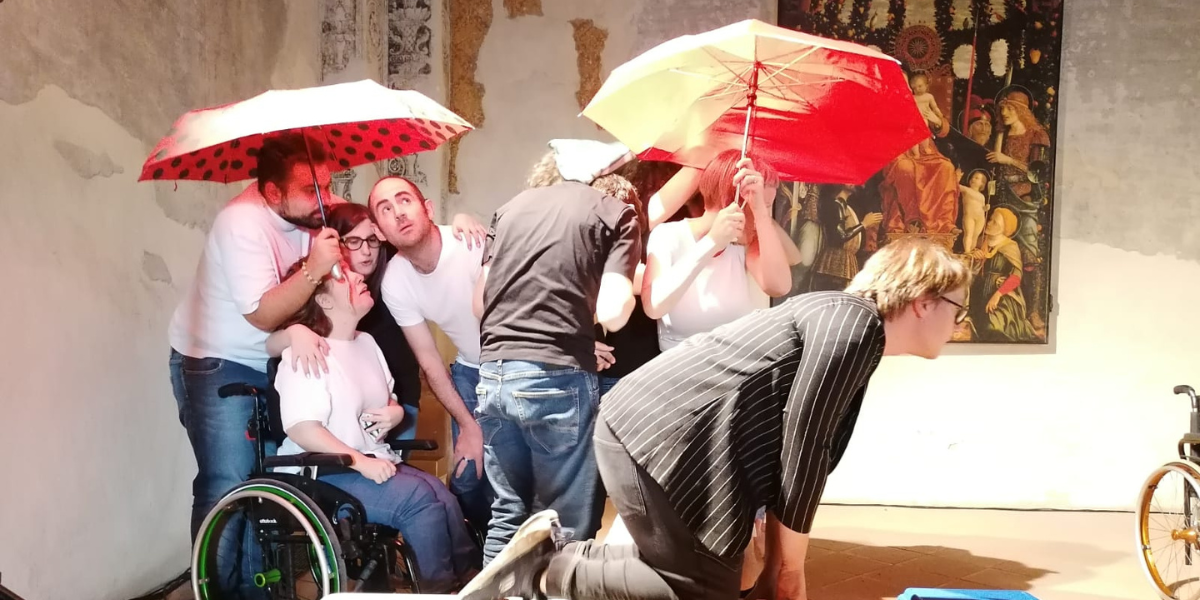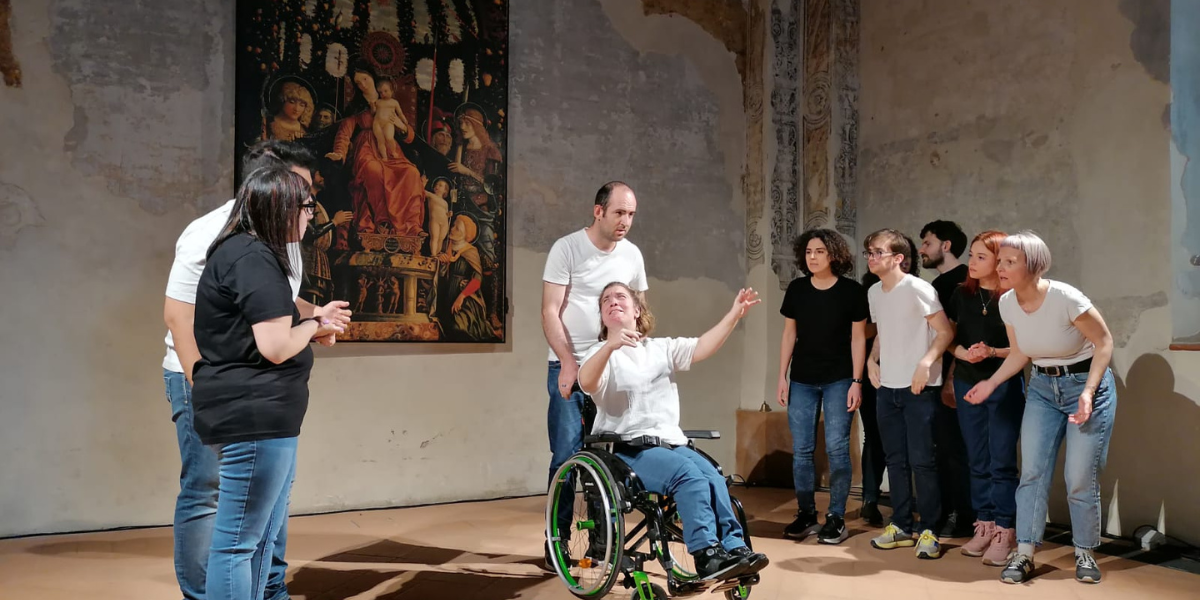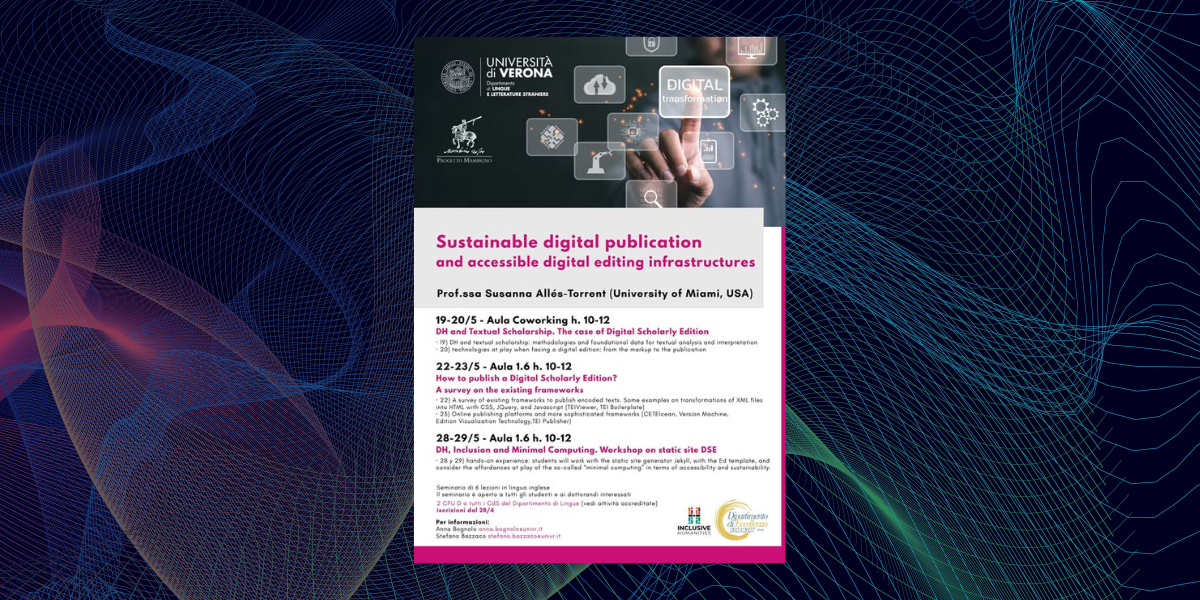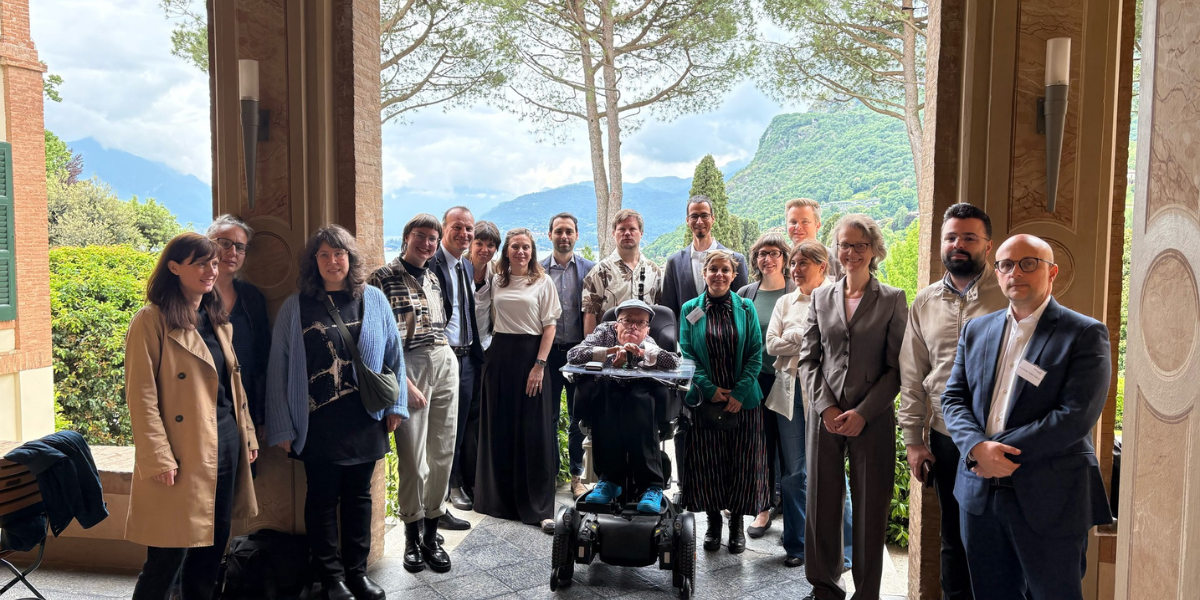
Si è concluso venerdì 9 maggio presso il Centro italo-tedesco per il dialogo europeo di Villa Vigoni il convegno “Disability Theatre from 1900 to the Present in German and Italian Disability Studies“, co-organizzato dal nostro Prof. Massimo Salgaro.
Dal 6 al 9 maggio 2025, esperti di studi sulla disabilità provenienti da Germania, Italia e altre parti d’Europa si sono riuniti per analizzare un tema cruciale: la rappresentazione del corpo disabile sulla scena e nei testi drammaturgici dal 1900 a oggi. È stato un momento di confronto e riflessione profonda su come, nella storia della letteratura europea, i testi teatrali siano stati raramente pensati per attori e attrici con disabilità e su come le teorie e le istituzioni teatrali abbiano spesso, involontariamente, rafforzato l’abilismo.
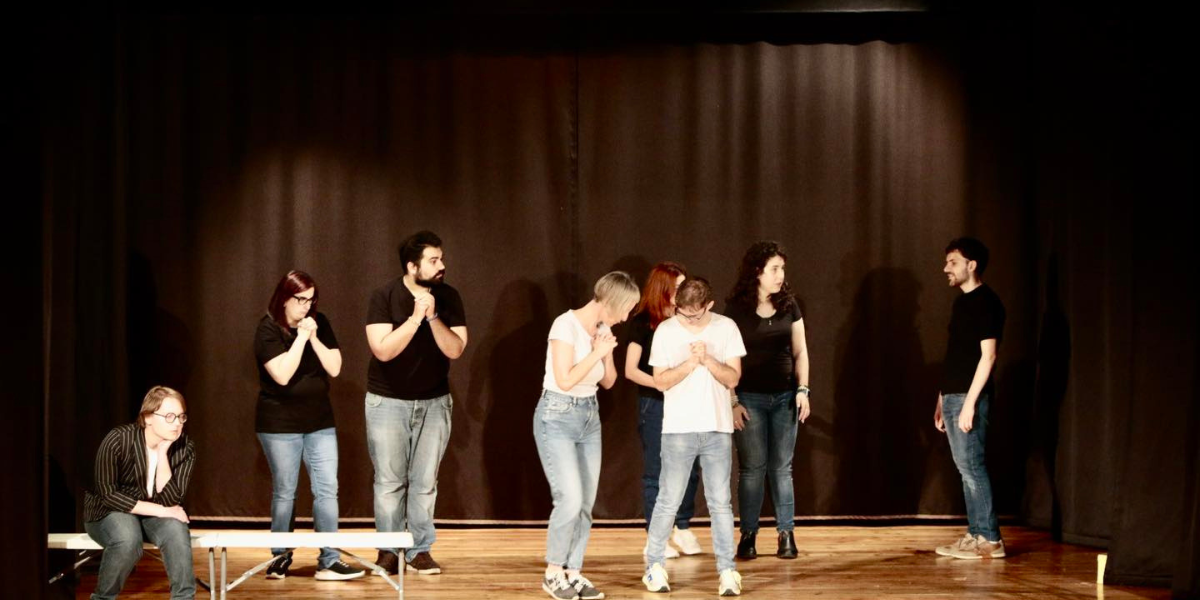
Sempre nel contesto delle iniziative promosse dal convegno, mercoledì 7 maggio Teatro a Rotelle si è esibito presso il Teatro Cristallo Breccia di Como con una replica di “In principio era la Rupe”.
La performance, frutto della creatività e dell’impegno degli attori e delle attrici della compagnia di ateneo e sotto la regia di Nicoletta Vicentini e Jana Karšaiová, segna un richiamo ironico e provocatorio alla pratica spartana di abbandonare i neonati considerati deboli sul monte Taigeto. In principio era la rupe, messo in scena con grande intensità da persone con e senza disabilità, ha offerto una riflessione potente e toccante sul cambiamento della percezione della disabilità nel tempo.

